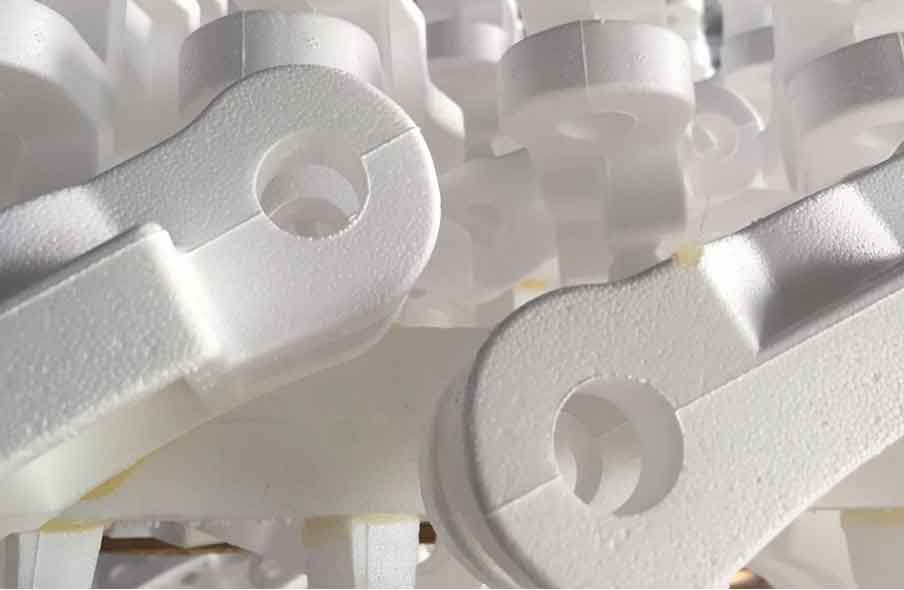In 1965, China began to research and apply the lost foam casting technology, which is one of the countries that studied and applied the lost foam casting technology earlier. However, in the sixties and seventies of the last century, the lost foam casting technology did not attract enough attention in China, and its application and development speed was slow. It was not until 1988 that the full mold casting professional committee of China Foundry Association was established that the lost foam casting technology developed rapidly in China, especially in the past 10 years. In 2007, the output of lost foam castings in China reached 648000 tons, and there were more than 20 large-scale production enterprises with an annual output of more than 8000 tons. By 2011, the output of lost foam casting in China had risen to more than 1.5 million tons, an increase of 131.5% compared with that in 2007, making China a real large country in lost foam casting production. China ranks first in the world in terms of both the output of lost foam castings and the number of lost foam casting production enterprises.

In the practical application of lost foam casting in China and abroad, cast iron alloy is the metal material with the widest application of lost foam casting technology and the largest production. Compared with aluminum (magnesium) alloy lost foam casting, the process and materials are relatively mature, but compared with ordinary (cavity) sand casting process, the grain structure of lost foam casting cast iron alloy parts is coarser The problem of low performance has not been well solved. With the development of mechanical manufacturing technology, higher requirements are put forward for the performance of lost foam casting cast iron alloy parts. To solve the problems of coarse grain structure and low performance of lost foam casting cast iron alloy parts, and further improve the quality and performance of lost foam casting cast iron has become one of the hot spots of lost foam casting technology research. At present, lost foam casting cast iron alloys have the following main problems:
- the lost foam casting adopts dry sand molding, the heat dissipation speed of dry sand is slow, and the cooling speed of cast iron alloy is low, resulting in coarser microstructure and lower mechanical properties of cast iron alloy. Refining the microstructure and improving the mechanical properties of lost foam casting cast iron alloy is one of the key problems to be solved urgently.
- the quality of cast iron alloy lost foam castings is affected by process factors. Such as alloy composition, inoculation modification technology, molten iron treatment temperature and other process factors will have an important impact on the quality of castings. How to optimize the lost foam casting process and improve the quality of cast iron alloy lost foam casting is another key problem to be solved.
- as dry loose sand without binder is used for vibration molding in lost foam casting process, negative pressure is pumped to the mold during pouring, and the method of differential pressure shaping is used to maintain the stability of the mold. During the process of molten iron pouring into the mold, the thermal radiation of high-temperature metal liquid vaporizes the foam pattern and forms a cavity in the model. If the pouring speed, the rising speed of the molten metal, the exhaust speed, and the matching of the air pressure in the model during the pouring process can not meet the requirements of finalization, there will be problems such as mold loss and box collapse.
Based on the above, lost foam casting cast iron alloy has some problems, such as coarse structure and low mechanical properties. Solving these problems has become the key to further develop lost foam casting technology for cast iron alloy.
